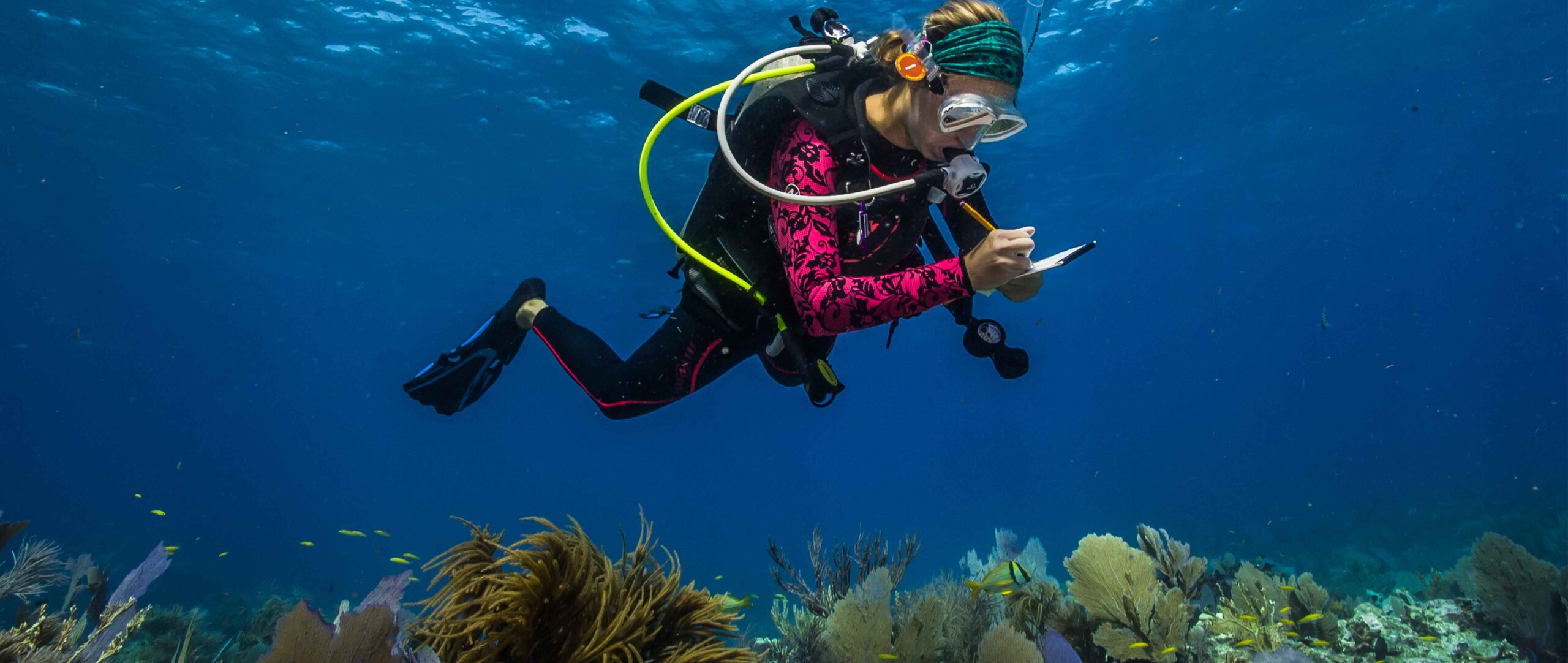EMBRC explains its updated Standard Operating Procedures (SOPs)
EMBRC has updated its Standard Operating Procedures (SOPs) for observatories taking part in EMO BON and shared a Handbook for researchers to follow. Although SOPs aren’t always used in science, these procedures will help observatories across the network avoid biases and produce comparable and interoperable results.

Standard Operating Procedures – often shortened to SOPs – are detailed protocols that should be followed when undertaking a task. Making sure everyone does something in the same way ensures safety, consistency and compliance with relevant standards.
SOPs aren’t often found in scientific work because the dynamic and variable nature of research means scientists may need to adapt to different situations. This can make it difficult to set standards that are used by everyone.
However, SOPs can add huge value to the scientific community. EMBRC’s Data Scientist Christina Pavloudi explains:
Following standardised procedures is essential if we are to come to scientific conclusions that are comparable, reproducible and interoperable. By respecting these procedures, scientists can also make sure they are generating FAIR (Findable, Accessible, Interoperable, and Reusable) data.
Using SOPs in marine sampling efforts ensures data is consistent, accurate, and reliable, which is important for policymakers and businesses making evidence-based decisions that will affect the marine environment.
The EMO BON Handbook outlines protocols for sampling three different marine habitats: water column, soft substrates, and hard substrates – using Autonomous Reef Monitoring Structures (ARMS) to study the substrate. Sampling these three habitat types is important in increasing our knowledge of the ocean so researchers can better understand the health of the ocean, how it is responding to stressors, and how to develop effective conservation strategies.
To ensure successful and cost-effective implementation, each sampled habitat follows one SOP. These standardised procedures are crucial to avoid biases and produce comparable results and have been developed to be as flexible and adaptable as possible. With at least 10 observatory stations involved in this long-term project, correct organisation, processing and labelling of samples is very important. It’s also essential that researchers collect detailed metadata during sampling and laboratory procedures and properly catalogue this in line with FAIR principles.
The Handbook contains several different sampling methods but the Water Column Standard Operating Procedures 1 (WaSOP 1 basic) is the only mandatory procedure.
When scientists sample the water column, they’re looking to find out about the different characteristics of the water at different depths. This might include temperature, salinity, pH level, and which marine organisms are living there, such as plankton, fish, or marine mammals.
Water Column Standard Operating Procedure 1 ‒ WaSOP 1 is mandatory for EMO BON observatories sampling the water column. These sampling events should take place at participating stations once every two months during daytime hours. This SOP for basic water column sampling outlines how to collect, filter and analyse seawater and microbial plankton from the water column while maintaining consistency between samples from each location.
Water Column Standard Operating Procedures 2 and 3 (WaSOP 2 and WaSOP 3) are optional protocols for sampling larger plankton organisms (micro-, meso- and macro-plankton, which are small, medium, and large plankton, respetively). WaSOP 2 is designed for collecting plankton organisms over 20 micrometers (>20 μm) while WaSOP 3 is for plankton organisms larger than 200 micrometers (>200 μm). Observatories may already have their own routines for these types of sampling so they can slightly deviate from the recommended procedures as long as they document their process in detail and ensure rich, accurate metadata is collected.
The hard substrate refers to the solid structures found on or close to the seafloor. This might include the rocks, coral skeletons, and oyster beds that provide important habitats for fish, critters, and other marine life.
EMO BON’s Hard Substrates Standard Operating Procedures (HaSOP) outlines the recommended process for passive sampling of hard substrate communities based on the Autonomous Reef Monitoring Structures Marine Biodiversity Observation Network (ARMS-MBON). Operating stations are advised to avoid sampling variations but if this is not avoidable, they should be well documented and linked to the dataset as metadata.
The deployment and retrieval of ARMS in EMO BON follows the Smithsonian Institution’s Global ARMS Program and ARMS-MBON’s guidelines. This process can be challenging so observatories who haven’t done this before should contact one of the current ARMS-MBON stations to discuss strategies, and may want to consider training. EMBRC’s Handbook outlines how the ARMS units should be dealt with after retrieval.
The soft substrate refers to the loose materials found at the bottom of the ocean, like sand, silt, and mud. Organisms such as rays, flatfish, clams, and snails can be found in these seabed habitats.
Stations with access to intertidal sediments are encouraged to follow the Soft Substrate Standard Operating Procedures 1 (SoSOP 1) for sampling, transportation, extraction, and analysis of meiobenthic organisms – the small creatures that live in the sand and mud on the seabed, such as copepods, tartigrades (also known as marine bears), and flatworms. To ensure undisturbed sediment is collected, these events should take place at low tide using sediment corers of at least 10cm in diameter.
Standard Operating Procedures 2 (SoSOP 2) is designed for researchers accessing coastal sediments by diving and Standard Operating Procedures 3 (SoSOP 3) for those sampling onboard a research vessel. Stations may use one or more of these three methods. Sampling intervals will vary depending on the type of soft substrate. For example, sampling for sediment microbial communities takes place every two months, sampling for meiobenthic organisms once every four months and macrobenthos sampling (of slightly larger organisms that are visible to the naked eye, such as crustaceans, molluscs, and worms) takes place twice a year.
For more information about the Standardised Operating Procedures (SOPs), please read the EMO BON Handbook

